I have been telling you about our Easter Sunday in Cologne, Germany. My friends June, Betsy and Jerry and I took a Viking River Cruise this past spring along the Rhine and had a wonderful time. We were able to spend the entire day in Cologne and it was simply amazing. I last told you about touring Huemarkt.
After a morning spent touring the different sections of Altstadt, we headed back to the ship and had a wonderful lunch. As you can see from our view across the river, it was a beautiful afternoon. We had two major things on our agenda: go back to the Cathedral and visit the Romano Germanic Museum. And if we had time, visit the chocolate museum.
We passed by many of the places we had earlier, like Peter’s Brauhaus.
And this interesting building with a Madonna and Child statue on it’s corner. And that weird little Pac Man like sign below it. Not sure what that is, we saw a few of them around Cologne. It’s probably something simple that everyone knows about but me, I am out of the loop lot’s of times.
I was really fascinated by this statue that kind of looked like a Shrine.
The architecture on the building was pretty neat, too.
Too bad our tour guide wasn’t around so I could ask him about it.
But it was very pretty.
Now we actually went to the Dom first and the museum second, but I am going to finish telling you about the Romano-Germanic Museum now in this post. The Dom was just too much! And there are so many pictures I want to share. Anyway, this museum is pretty amazing in it’s own right. It’s an archeological museum.
Modern Cologne is built on the ruins of Colonia Claudia Ara Agrippinensium, the Roman capitol of Germania inferior. And what is amazing, is that around the time of Christ, this Roman fort became a Roman city.
Outside the museum are many artifacts found that show the Roman footprint in this area.
Here I am taking pictures.
I just love the architectural details.
They have found so many relics and artifacts, like this crypt.
It is all stone. I cannot imagine what it must weigh.
These column and other architectural elements line one of the outside walls of the museum.
And there huge chunks of Roman script are in cases outside the museum. Many of these artifacts were part of the Roman Road.
In fact, this arch on the other side of the museum in the Cathedral Square is one of the original Roman arches to the city.
But here is what is really cool about this museum. We were standing in Cathedral Square and looking down into the basement (that’s what we would call it here) of the museum at the Dionysus Mosaic. This is what really makes this a living archeological museum. In 1941 a third century Roman Villa was discovered on this site. And during excavation, this amazing mosaic, along with many other relics, was unearthed. So as not to destroy it by disassembling and rebuilding the almost intact piece, they simply built the museum around it.
As you head down into the basement of the museum, you are awed by the size of the mosaic. In the upper right corner you can see a person walking around the perimeter of the piece. Can you imagine having this in your home?
It really is amazing that this has survived.
Here is a better shot showing the detail and color. I only took a few pictures inside where I had enough light. The museum was rather dark and I didn’t want to find out the hard way that you couldn’t use a flash.
This Sepulcher of Pobolicius is another famous artifact housed here. It is from about 40 AD.
What we really enjoyed the most was the glassware and jewelry. You would not believe the detail and craftsmanship. It was really amazing. One thing our guide had told us earlier was that when the Romans came, they civilized the tribal peoples of the areas that they conquered. And the Romans were accustomed to luxurious lifestyles and needed skilled craftsmen to make the items they needed for their luxurious life.
The museum proved that these people truly became skilled. We were constantly wowed by the detail of the intricate jewelry and the originality of the glass pieces. But what was interesting was that our guide said after the fall of the Roman Empire, the German people had no desire to continue to make the things that the Romans had wanted for their lifestyle so over a few generations, the skills and trades learned vanished until hundreds of years later when they were brought back through trade travels. Interesting. These people had the skills and knowledge to continue to live the lifestyle of the Romans yet chose not to in a way.
Well, I do hope if you ever get a chance to go to Cologne that you take time to visit the Romano Germanic Museum. There is so much there to see and be amazed by.
This is not a sponsored post. This is my experience from my trip with Viking River Cruises. Email me to find out how you can save $100 when you book your first cruise with Viking through their referral program.
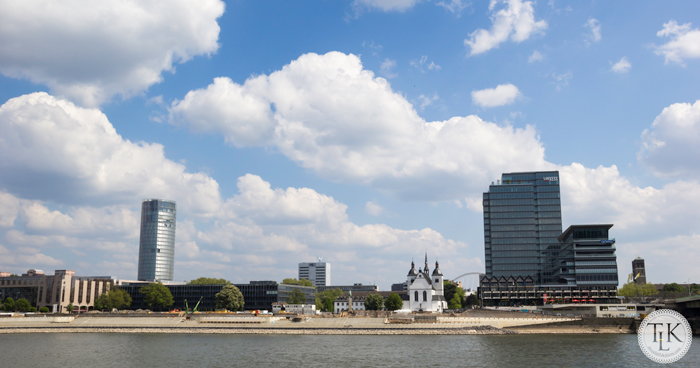
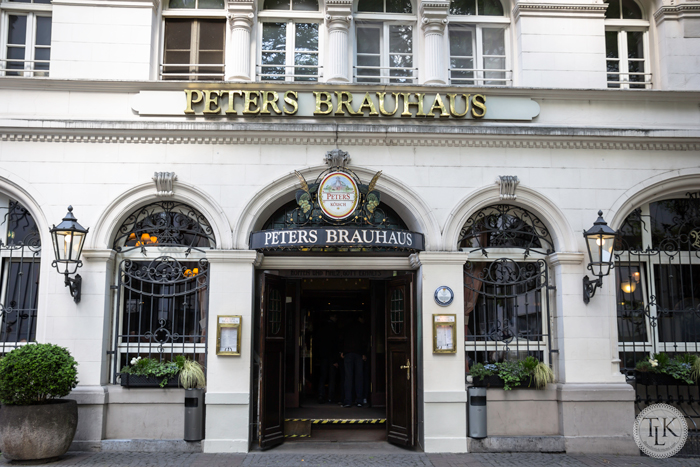
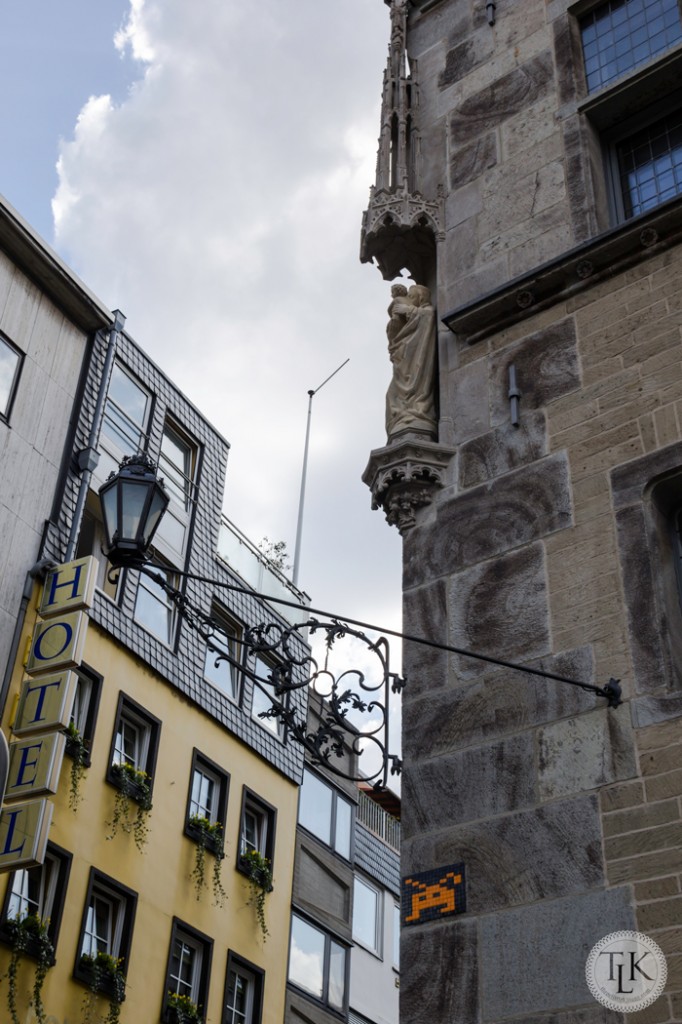
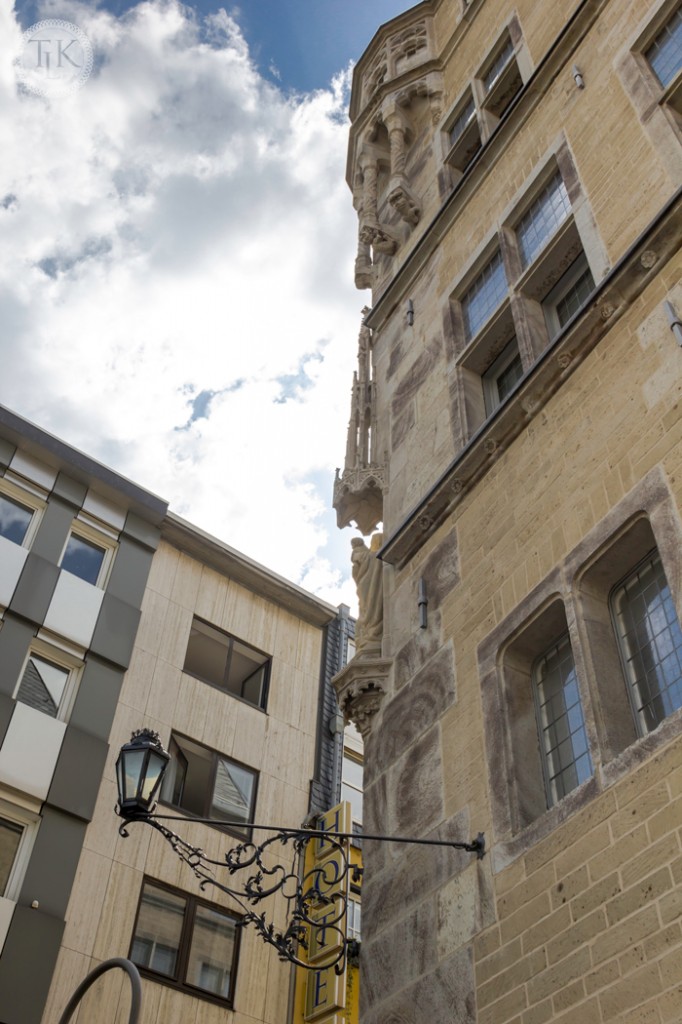
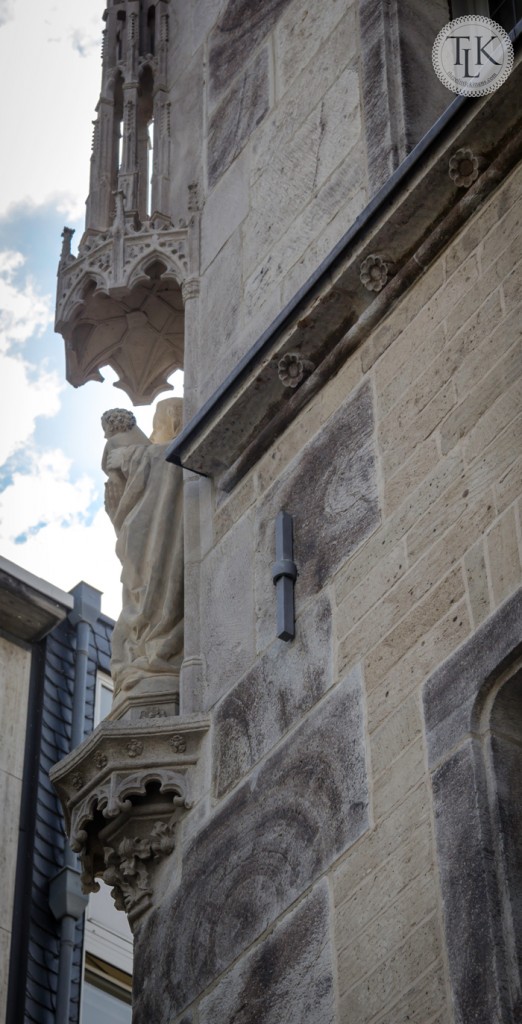
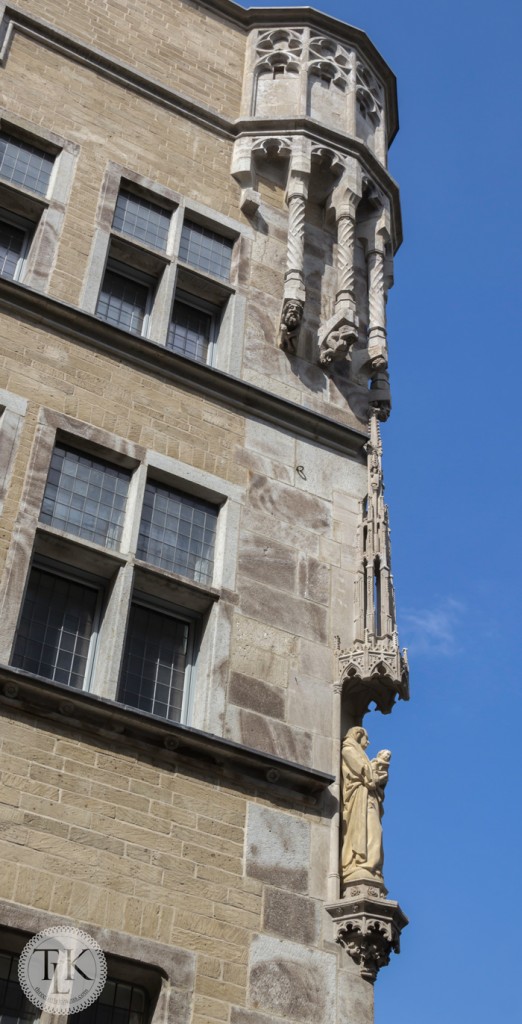
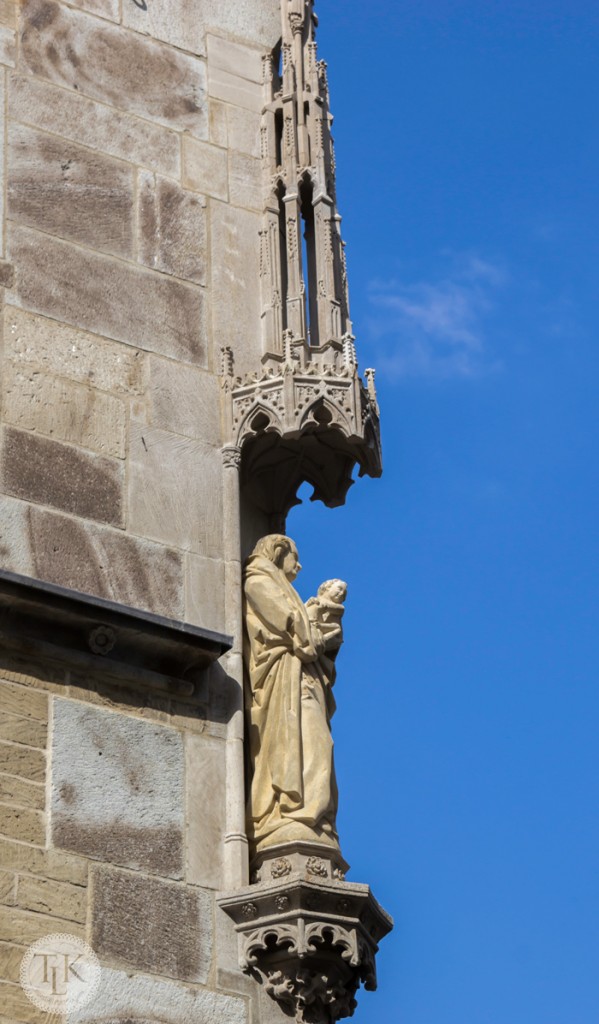
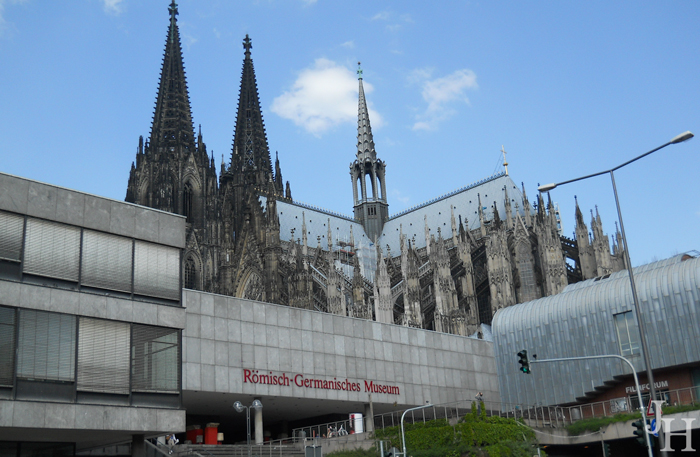
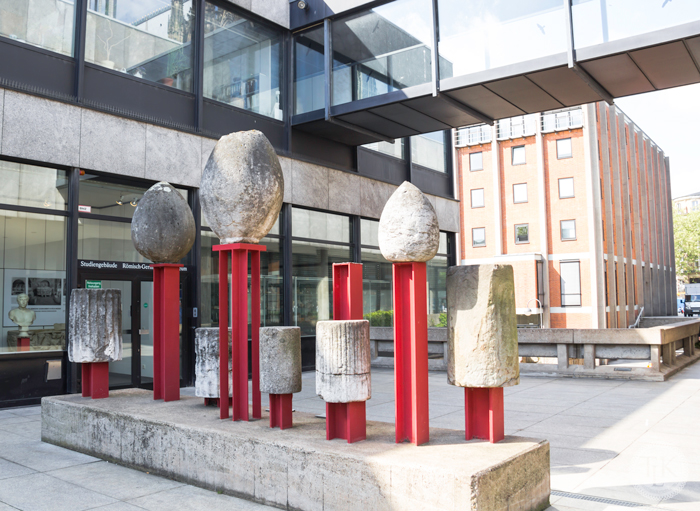
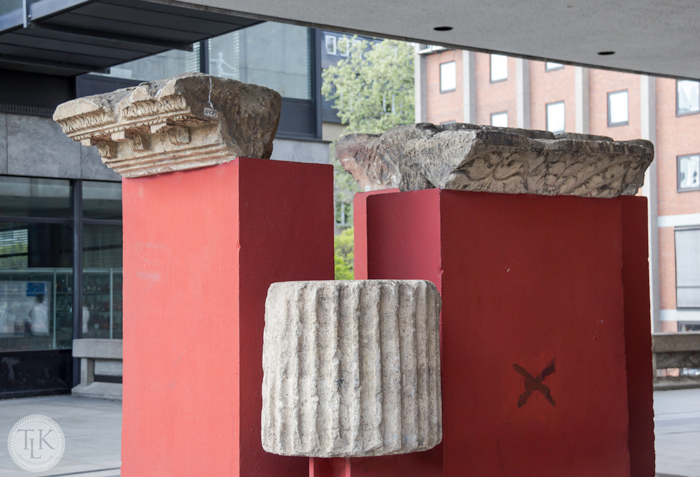
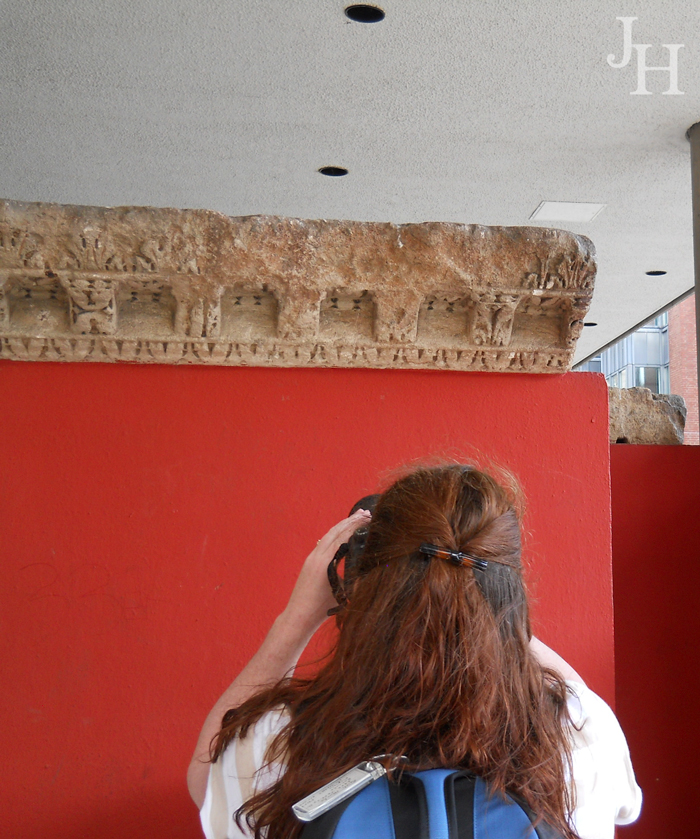

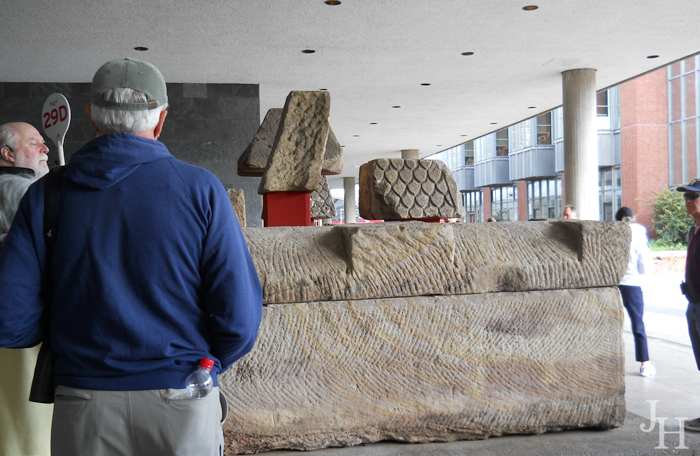
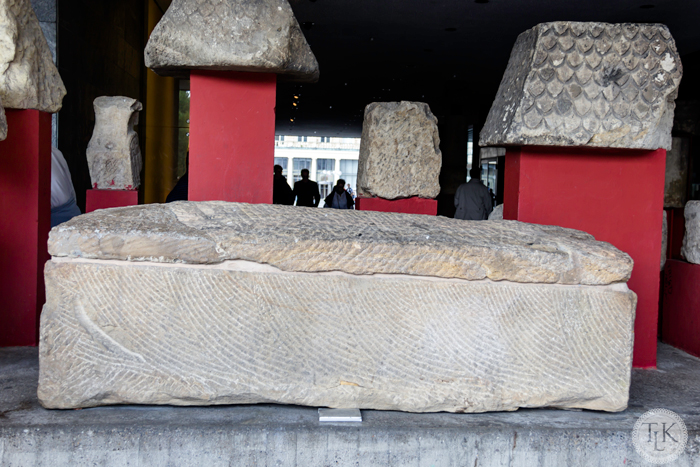
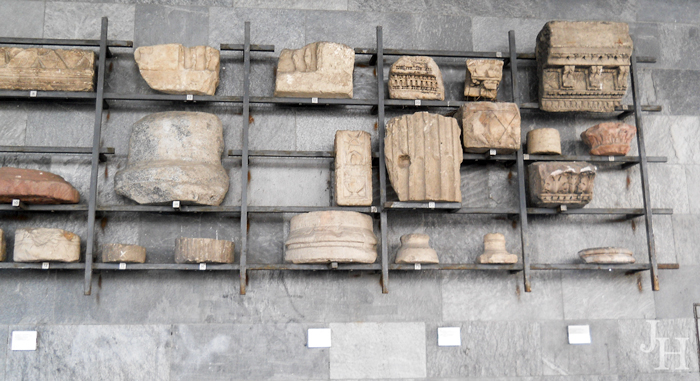
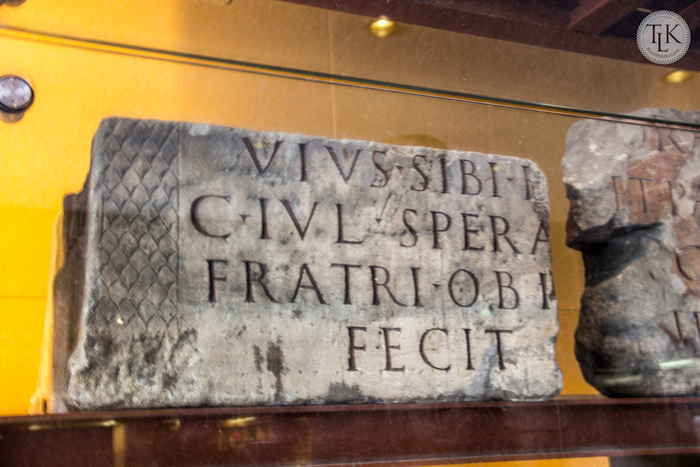
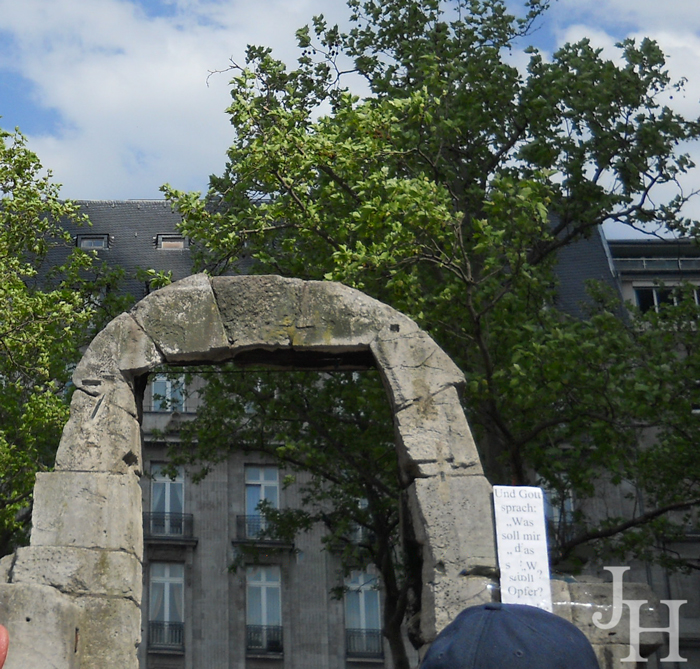
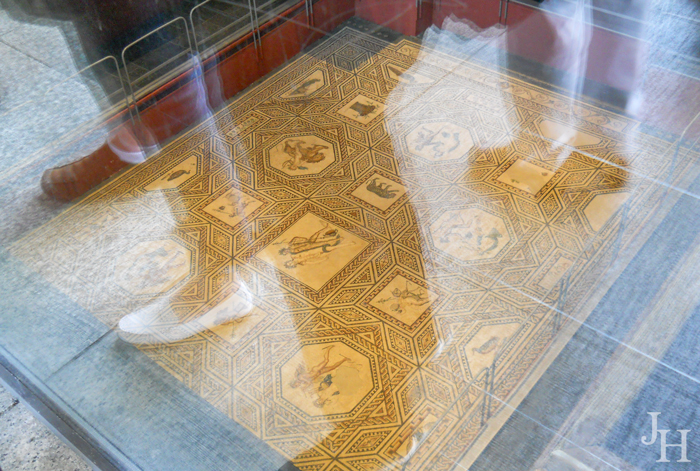
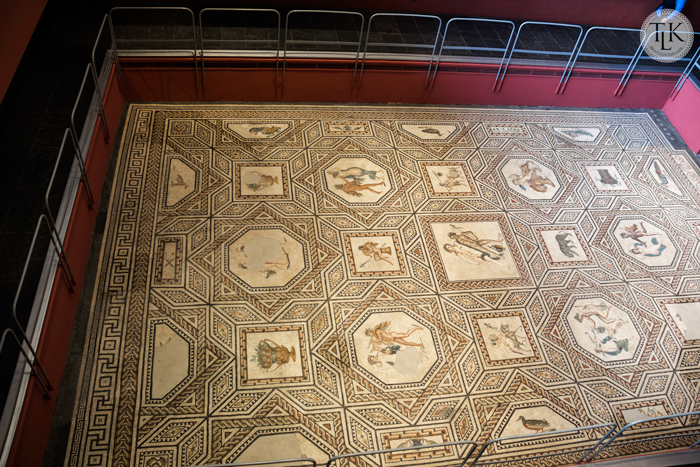
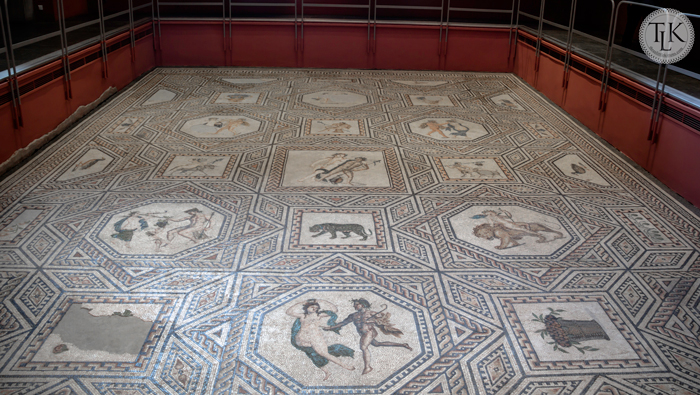
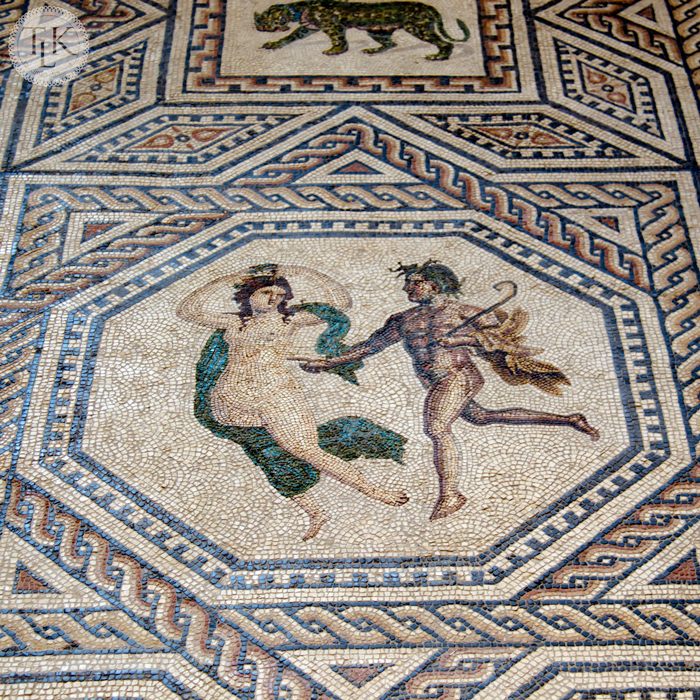
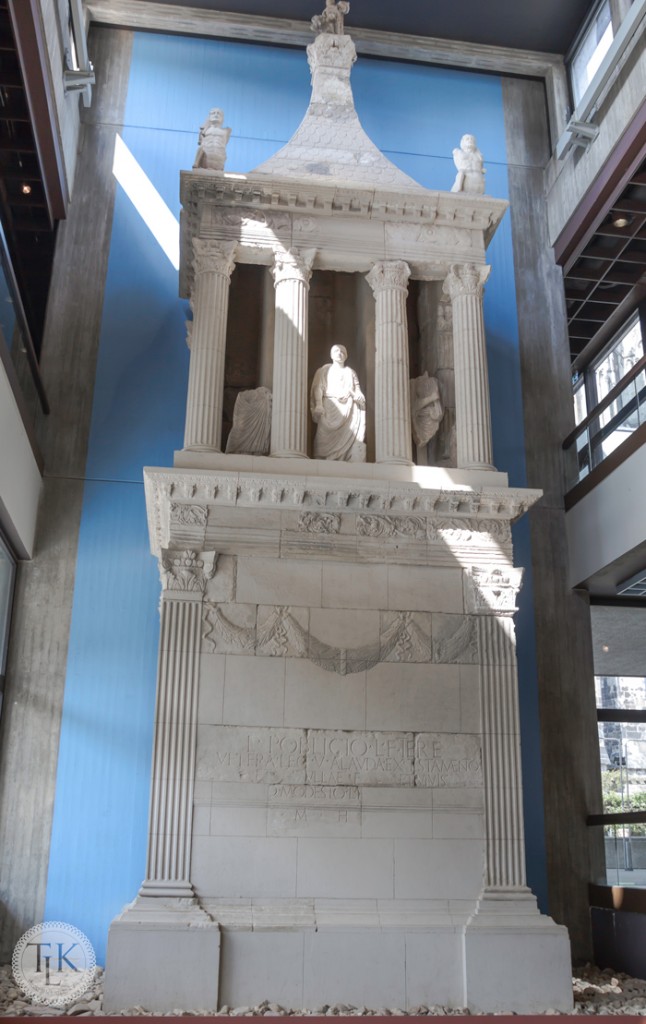
Leave a Reply